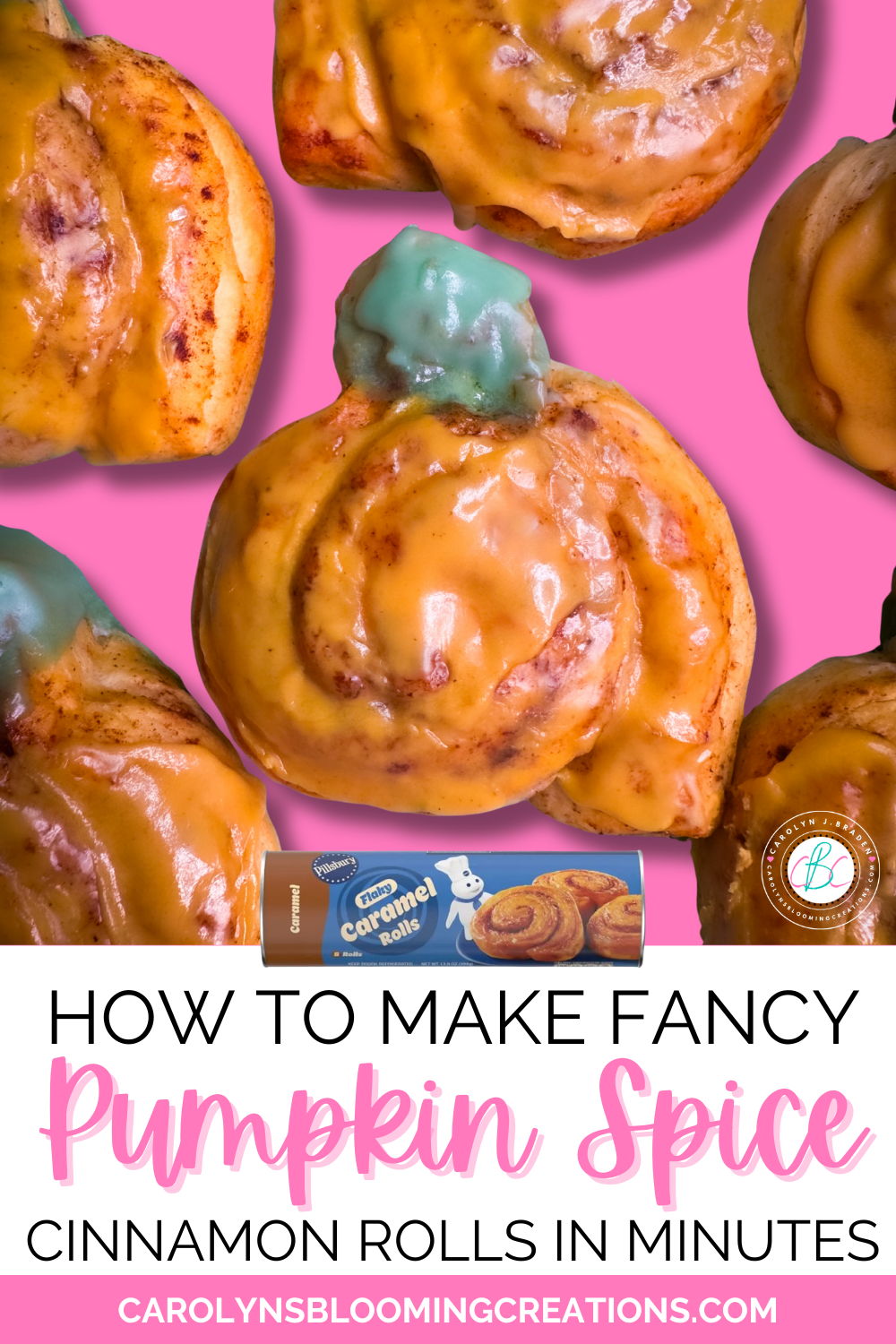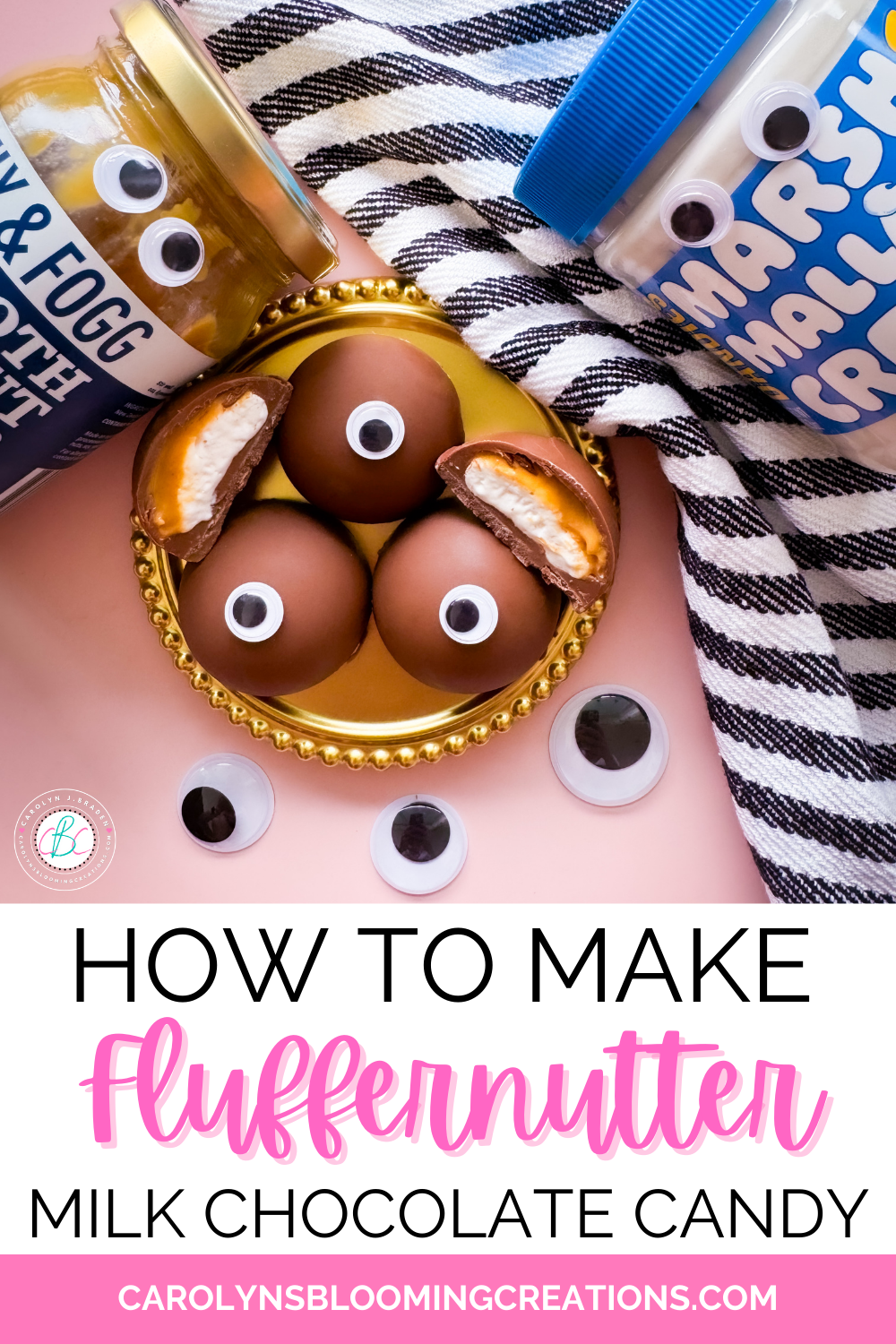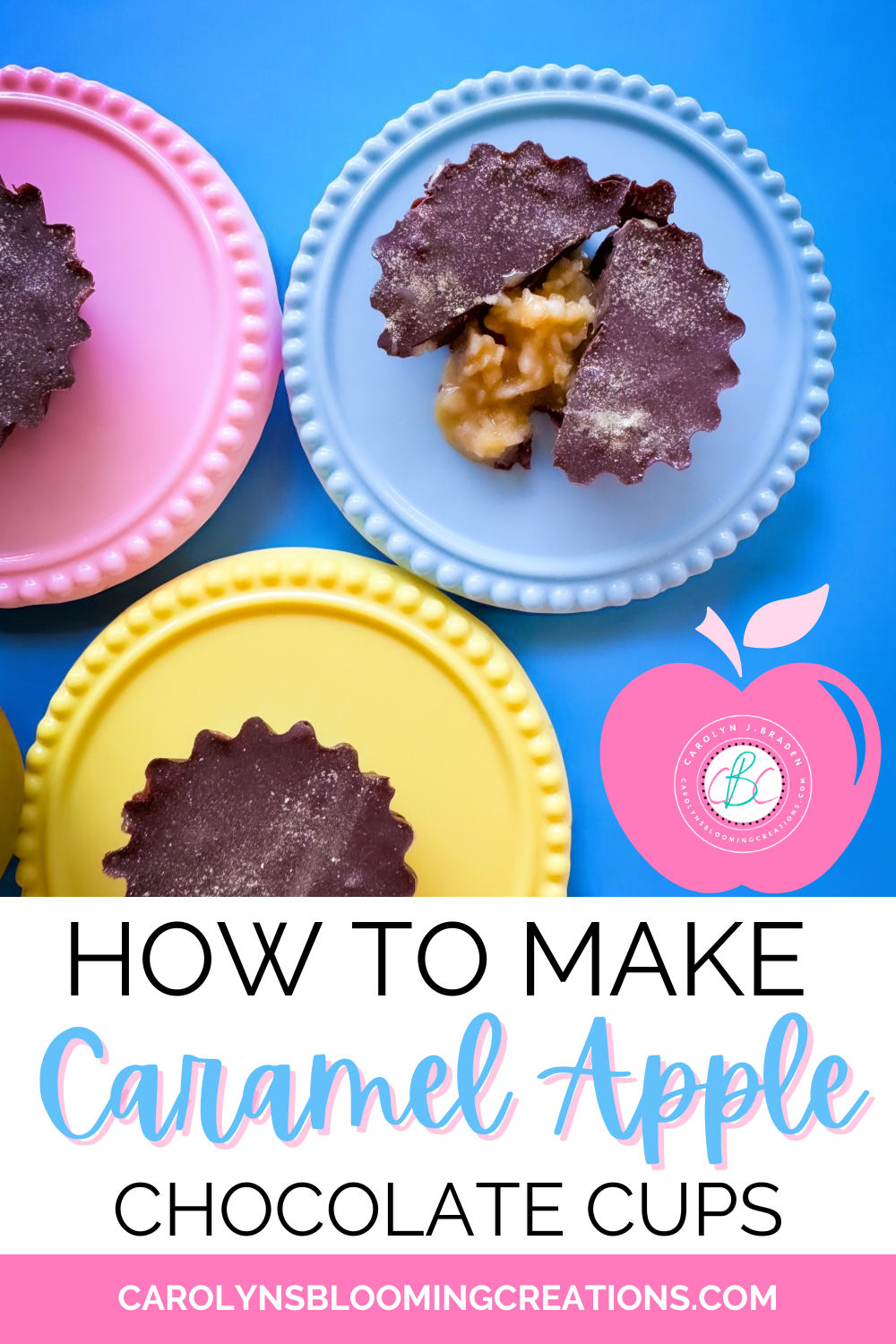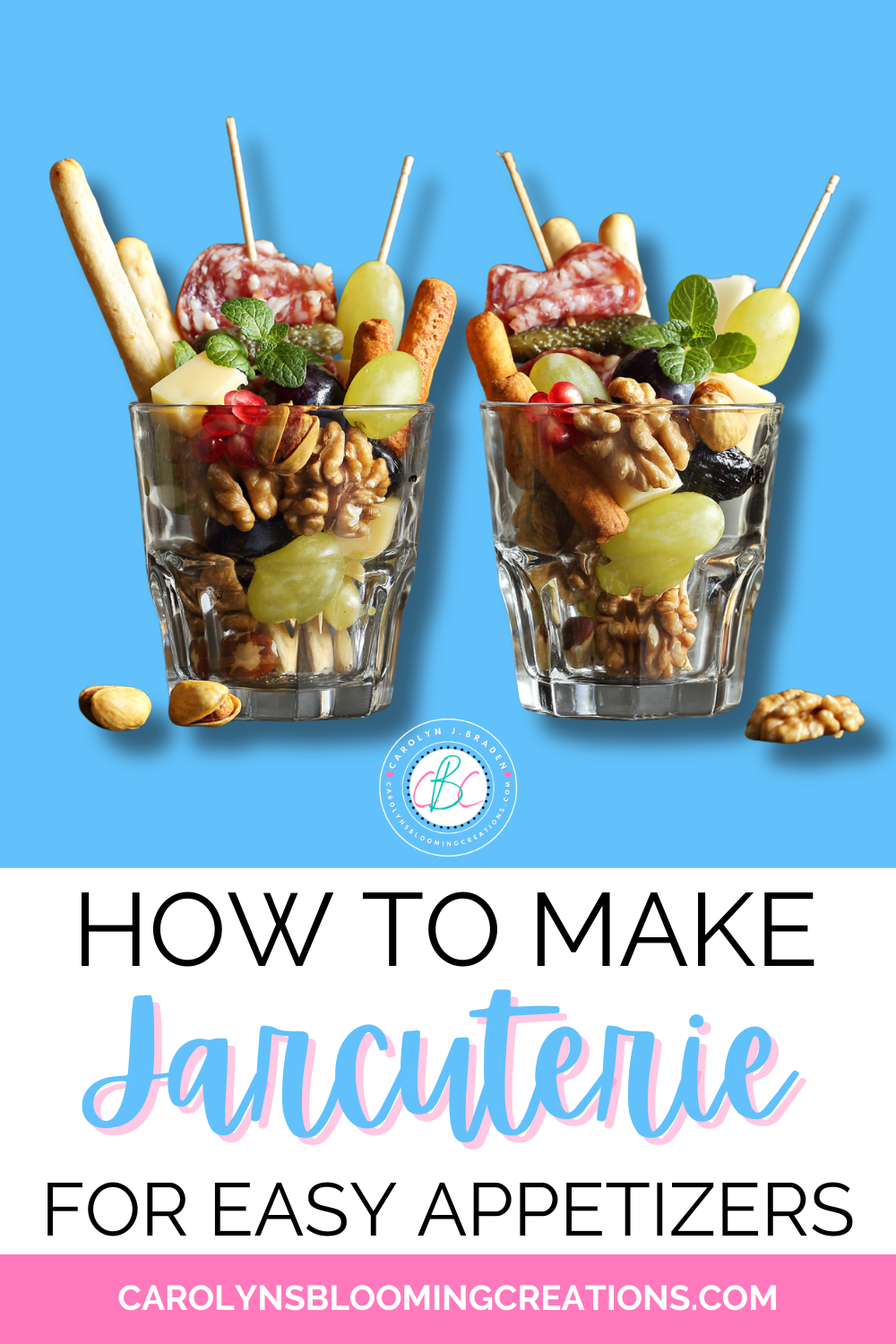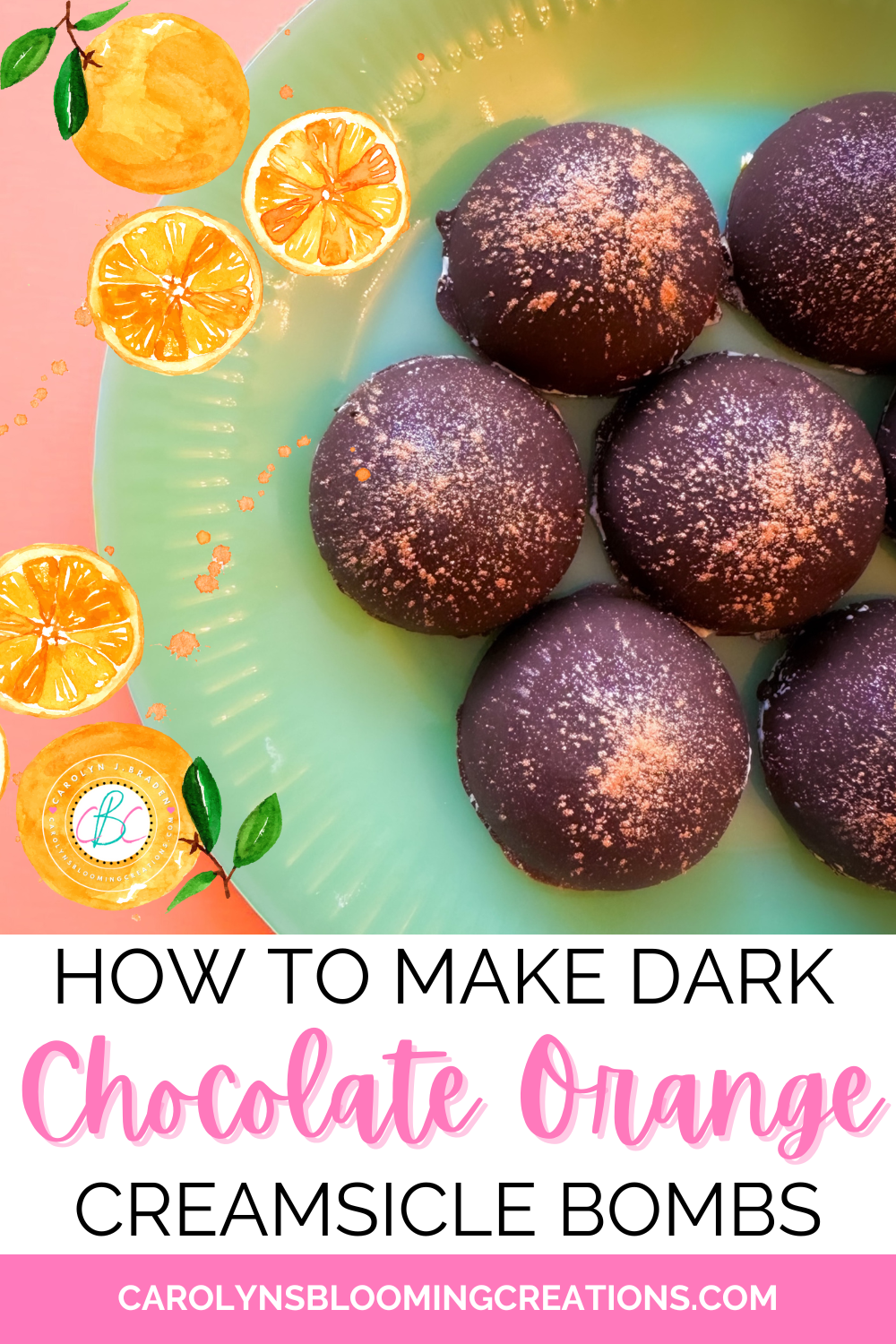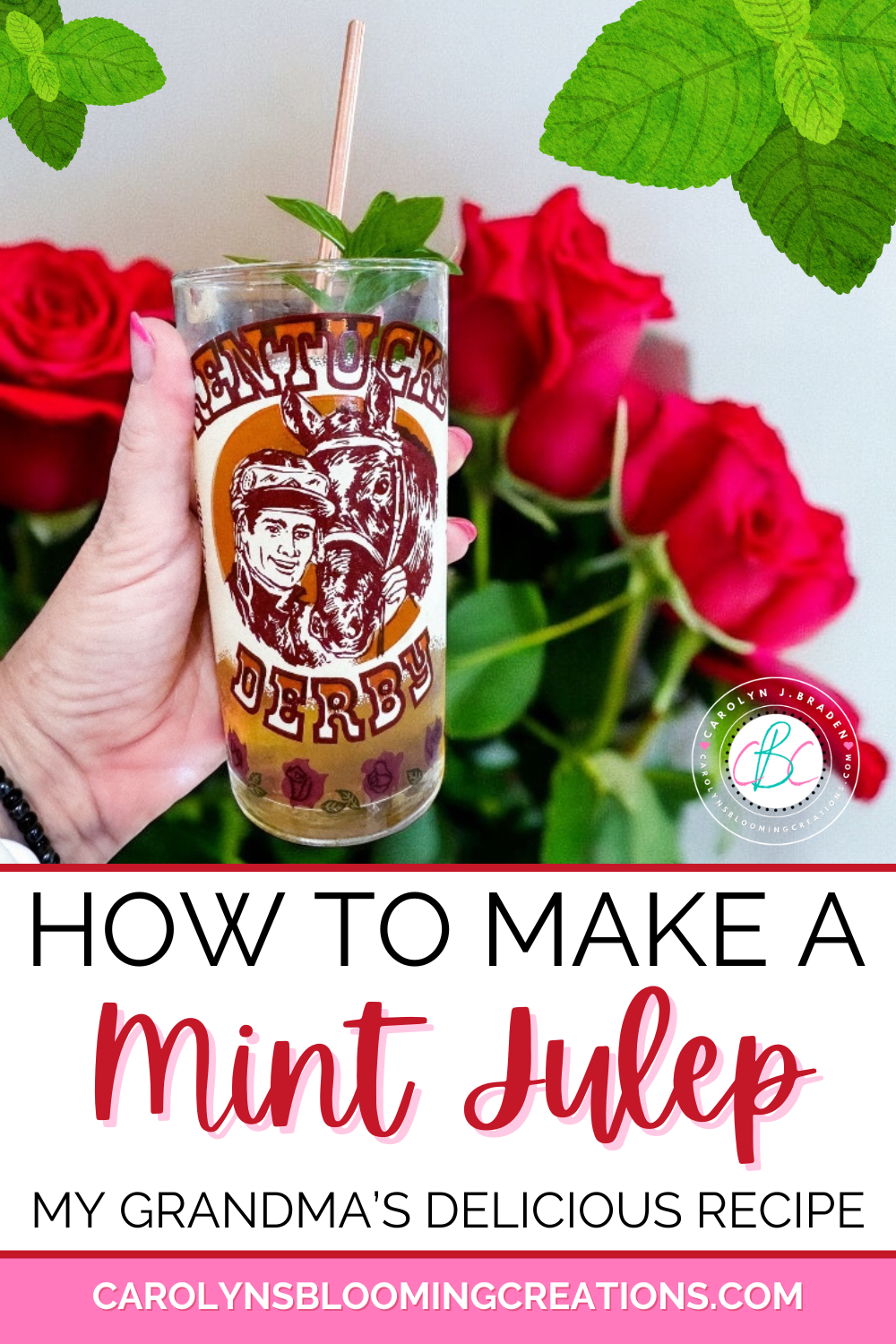Carolyn J. Braden • 3 Minute Read
How to Make Magical Unicorn Color Change Noodles
We tested this very simple kitchen science experiment of making unicorn color changing noodles after seeing it on Pinterest. It had very brief instructions that made me wonder if it was a hoax or not. I bought similar ingredients to the ones suggested and started the process of making the unicorn noodles.
Not only did my noodles change color from purple to bright pink during the experiment, but it was really cool to watch. As a former teacher, I decided to write up more of an explanation for how the noodles change color. I could see this being fun for parents, teachers or grandparents to do with kids and know how to explain the magic when recreating it at home. Read on to learn how to make unicorn color change noodles.
Kids would love to make unicorn noodles!
Why Do You Call These Unicorn Noodles?
I love things that are brightly colored and these noodles definitely remind me of unicorn colors. I was the kid with all the colorful Lisa Frank folders and I still love the bright color combinations as an adult. I also created my own original dessert creation called “Unicorn Pudding” and you can get that full recipe by clicking here. See my unicorn pudding creation come to life in my one-minute video below or via my YouTube channel @carolynjbraden:
I also make a Unicorn Kisses Flower Cake (it’s made out of flowers) that turned out beautifully and you can get that project by clicking here and see it’s 15 second video reveal below.
The Science Behind the Noodles
A commenter on the Pinterest post I was inspired by gave this explanation of the noodle color change “This is a very clever chemistry trick! The purple cabbage naturally contains anthocyanin, a water-based pH indicator” (which is widely present in fruits and vegetables).
The boiling water extracts the natural dye of the cabbage and transfers it to the noodles. The lemon juice provides the acid to change the color, although any acid, like vinegar, will work in this case. High acidity will produce reds and purples, neutral pH is blue, and high alkalinity creates greens and yellows. Transferring the noodles to a diluted baking soda solution should turn them green.”
After doing some research of my own, the commenter’s explanation is right on, and I added some details to make it even more understandable. Of course, if you are planning on eating the noodles like we did, you don’t need to further this experiment of adding the baking soda or pouring vinegar on the noodles, as they won’t taste good.
I love all things unicorn like this cake!
We planned on eating the noodles and I could only imagine myself as a young child because I would have asked my mom to make these with me ALL THE TIME. I loved pink and purple as a kid and still do, so I would have loved seeing this color change (which also reminds me of Hypercolor tee shirts and Amazon has a similar tee that reminds me of these noodles) and eating the beautiful noodles.
The American Chemical Society even has a website dedicated to all kinds of fun experiments for kids, including a cabbage and lemon juice experiment that shows you how to color change water. So, if you’d rather do a magical color change experiment with water, check out the PDF with detailed instructions on their website here.
The cutest dog unicorn!
Natural Dyes
I’m fascinated by natural dyes ever since I made shibori in my Fiber Arts classes in college. We boiled indigo plant and made a natural indigo dye and it made our entire studio smell like rotten eggs. But it did create a gorgeous blue dye that looked great on our fabrics. I learned to use tea to dye fabric too in that class.
You can use many types of fruit and vegetables to dye fabrics, paint with, dye easter eggs with and more. If you’ve never tried natural dying, after doing this noodle experiment, I encourage you to try some more! This article on Martha Stewart’s website does a great job of telling how to naturally dye eggs and gives you many natural dyes to try and what their colors look like.
I loved my unicorn noodles!
Now that you understand the science and a little bit more about natural dyes, here’s how I made my unicorn color changing noodles. Please note, there are many ways you can do this and a Google search will help you find more unicorn noodle experiments, but mine turned out really good and so you’ll have guaranteed success if you use the materials I did.
Click the button below for a free PDF recipe card for this unicorn color changing noodle recipe!
Tools: Spoon style strainer, 2.5 quart or medium sized saucepan (I love the Thyme and Table line at Walmart and love this rainbow handled smaller version of a large pan I have), tongs, cutting board, knife for chopping the cabbage and cutting the lemon
Time: 15-30 minutes
Servings: 4-5 (depends on the size box of noodles)
Ingredients (If you shop Walmart or Amazon like us, the links all go out to those retailers):
Bifun (brand) rice noodles (any type of thin, clear rice noodle will work like these Annie Chun Maifun rice noodles at Walmart)
water (enough to fill your saucepan)
½ cup of chopped red cabbage
½ of a lemon
Directions:
1—Place water into the saucepan, filling it about ¾ full. Bring to a boil on high heat.
Adding the cabbage to the saucepan
2—Reduce the heat to medium high and place the chopped cabbage into the pan with the water.
The purple water color is beautiful alone!
3—Allow the cabbage to boil (a low boil to where the water is not splashing out) for about 15 minutes or until your water is nice light purple color.
I love this slotted spoon!
4—Remove the cabbage from the water using a slotted spoon or spoon strainer and either set aside to eat later or throw it away.
Any thin noodle should work for unicorn noodles
5—Place the noodles into the purple water and boil for the amount of time that the package says. I actually placed my noodles into the water and removed it from the heat and allowed the noodles to soak in the hot water for 10 minutes. My package directions said I could do this with rice noodles and it was perfect timing so the noodles could soak in the natural purple dye while not overcooking.
The purple noodles are pretty even without the pink!
6—Use tongs to check on the noodle color. Mine were ready at 10 minutes and I used the tongs to place them into two bowls.
The beautiful unicorn noodles!
7—Squeeze some juice from the lemon onto the noodles and watch them change from purple to bright pink in a matter of about a minute! The more the lemon juice, the brighter the pink color will be.
I ate my noodles with a bit of butter and a side of eggs and veggies
8—You can either eat the noodles with the lemon juice on them (lemony noodles taste great with a bit of butter and then served with a side of roasted veggies and eggs for a vegetarian meal like I did OR serve with a lemon chicken) OR you can rinse the noodles in water to remove the lemon flavor (they will stay pink and purple), add some butter or parm cheese and eat alone!
9—Enjoy!
Tips and tricks:
Read the entire article (before the instructions) to get more ideas on how to turn the noodles green with baking soda! You should not eat them if you continue to experiment on the noodles with baking soda.
You can also test using vinegar instead of lemon juice.
If you loved this article, we know you’ll love this one too: How to Make Pudding Filled Cupcakes
Carolyn J. (C.J.) Braden is the owner of Carolyn’s Blooming Creations is a regular contributor and editor for CBC. She has been featured in numerous media publications such as InStyle Magazine, on HGTV, on Bustle.com, and more. She is the author of the books Georgia McMasters in Amethyst Lake Cemetery, How To Be Yourself: 3 Ways To Help You Being You, and the illustrator for the children’s book Bridging Connections. She is a former classroom teacher that now dedicates her life to educating others on how to live their most healthy, creative and happy life. Learn more about her visiting our About Us page.













